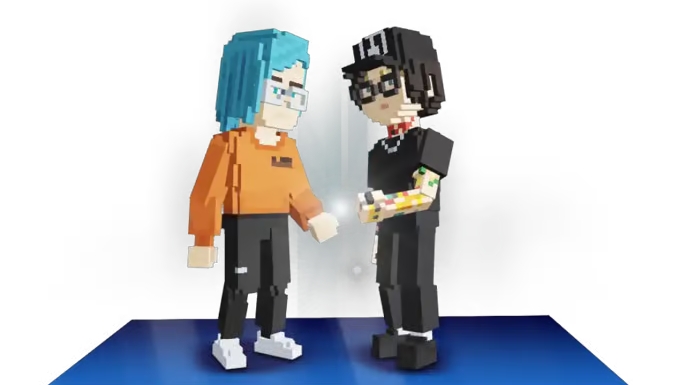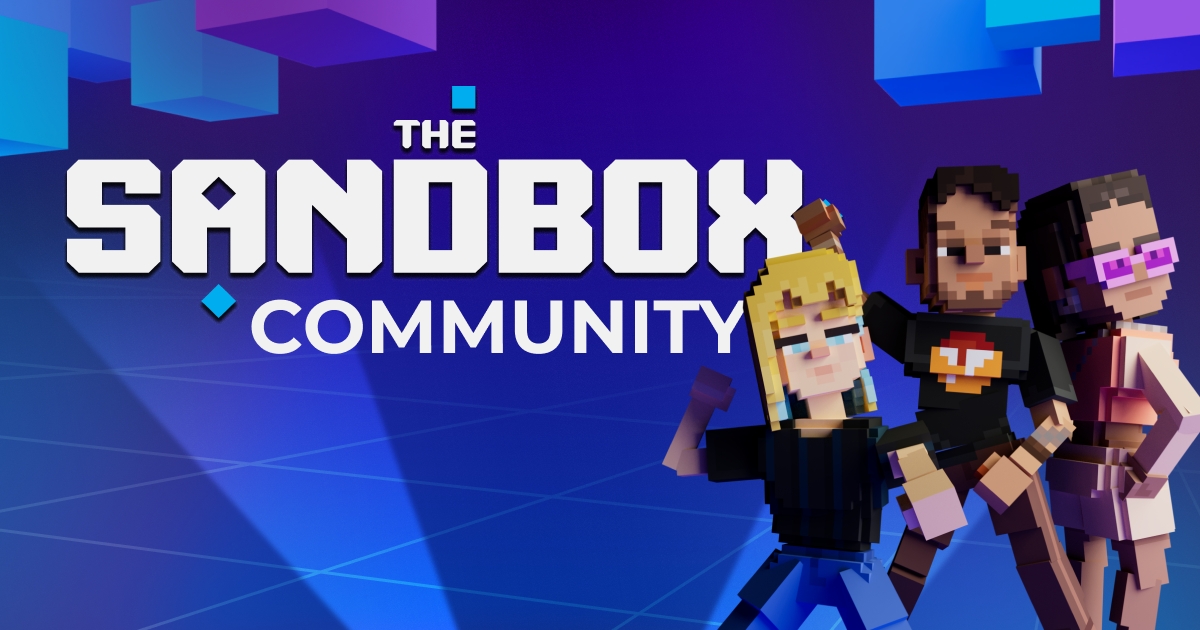Craft Quests
This activity is included in an 8-part, 1 hour series to learn Game Maker. Short, focused topics with guided practice will give you practical experience building useful logic for creating games.
Begin Game Maker 6
Integrate Quests & Objects
🟡 MEDIUM
In this activity, you will learn how to guide players through your gameplay with Objectives, or quests, and icons to help players find quest objects like NPCs, collectable objects, and more.
What are Quests?
Located in the Objectives system, Quests are used to guide players through your game's story, geography, game mechanics, and more with a sleek user interface. Objects in the game world can be linked to quests so they're easier to find.
Launch Game Maker
Open the Experience from the previous activity to reuse some of its logic.
Locked/Unlocked
Open the Objectives window and toggle on quests.
Let's add two quests to compare when they'll appear on the right side of the player screen in the Objectives UI, or user interface. Ignore other quest settings for now.
Name: Auto Quest 1. Unlock quest: Auto Unlock 2. Launch quest: Auto Launch
Name: Triggered Quest
1. Unlock quest: Requires Message
Message: DoorA.Open
2. Launch quest: Auto Launch
Note: In the last activity, an Ancient Lever object sends this message when players interact with it.
Test
Press TAB to see the "Auto Quest" open at game start.
Interact with the Ancient Lever that sends DoorA.Open to All, which will make the "Triggered Quest" appear in the UI because the quest is set to auto launch.
When to Launch
Modify both quests to require a message to launch:
Name: Auto Quest
1. Unlock quest: Auto Unlock
2. Launch Quest: Requires Message
Message: DoorA.Open
Name: Triggered Quest
1. Unlock quest: Requires Message
Message: DoorA.Open
2. Launch Quest: Message Required
Message: Night
Note: In the last activity, a logic asset with a Trigger Volume component sends this message when players enter the volume.
Test
Press TAB to test. Notice that no quests appear in the UI yet.
Try entering the trigger volume (remember that your game will shift to night from the previous activity's settings). The "Triggered Quest" will not launch yet because it is still locked.
Interact with the Ancient Lever asset to send DoorA.Open and you'll make the "Auto Quest" launch in the UI. The "Triggered Quest" is also unlocked by this message.
Now you can enter the trigger volume and launch the "Triggered Quest" in the UI.
Different Quest Types and Conditions
First let's set up interactive assets for a counter quest:
Asset name: Ancient Artifact Tag: artifact Remove Predator behaviour
Health component
Health: 10
Drop component
Assets to Spawn: Ancient Treasure A
Components: [SP] Collectable
Tags: treasure
Note: Duplicate this asset (5 total)
Counter- Destroy Objects
Create a new quest (auto unlock and launch):
Name: Treasure Hunt Description: "Destroy the ancient artifacts and collect all of the treasure.”
3. Counter
Type: death
Tag: artifact
Amount: 5
Test - The quest counts the number of objects destroyed with the tag you set for it to watch.
Counter - Collect Objects
Modify the quest:
3. Counter
Type: collected objects
Tag: treasure
Amount: 5
Test
Press TAB to test. When you attack and destroy each artifact, nothing happens. When you collect each pile of treasure dropped after each artifact is destroyed, the quest counts the number of objects collected with the tag you set for it to watch.
Quest States
A quest may be in three states: inactive, in progress, and finished. We can use NPC dialogue to tell players how to start or complete a quest and confirm the quest is finished.
Create an NPC and dialogue:
Asset: Adventurer Jet
Asker behaviour
Question: Can you help me find ancient treasure hidden inside the artifacts?
Answer 1: Sounds like fun! A1 Message:
Q.Treasure.Launch
Toggle behaviour
Turn OFF Message:
Q.Treasure.Launch
Asset: Logic asset
Asker behaviour
Question: Did you find the artifacts yet?
Answer 1: I'm still looking for them! A1 Message:
Q.Treasure.InProgress
Toggle behaviour
Turn ON Message:
Q.Treasure.LaunchTurn OFF Message:
Q.Treasure.InProgress
Asset: Logic asset
Asker behaviour
Question: Awesome! You found the treasure!
Answer 1: That was a piece of cake!
Toggle behaviour
Turn On Message:
Q.Treasure.Complete
Now connect the dialogue to timing of the quest:
Name: Treasure Hunt
2. Launch quest: Requires Message
Message: Q.Treasure.Launch
5. Action after completion: Requires Message
Message: Q.Treasure.Complete
Test
Press TAB to test.
Quest inactive - Interact with the NPC to start the quest. This dialogue is then toggled off by its own message out when you answer the question.
Quest in progress - Interact after the quest is launched to see the dialogue, which can be a helpful reminder for players. No message is needed unless you want to trigger a hint for players.
Quest complete - Interact after the quest is complete to see the dialogue.
Adding Polish with Indicators
You can apply three types of icons to objects that are linked to a quest:



These icons are displayed above objects in the game world when an Indicator component is applied to the objects, a quest is linked, and quest settings match the type of icon to use.
Modify Jet and the "Treasure Hunt" quest so he can be a quest giver:
Modify Asset: Adventurer Jet
Add an Indicator component Linked quest ID: Treasure Hunt Quest cursors: True
Giver: Adventurer Jet
Create a Custom Preset to Drop
Since the tagged object that the quest counts is a dropped item (meaning it is spawned), we'll modify the ancient artifact assets to use a Preset with custom settings that link to a specific quest. You don't need to create a preset for quest items, but we've chosen an example that's a bit more fun for players.
Create an object:
Asset: Ancient Treasure A Tag: treasure
Indicator component
Linked Quest ID: Treasure Hunt
Quest cursors: True
Objective: Treasure Hunter
Collectable component
Save this object as a Preset. This allows you to spawn or place an object or group of objects with more complex custom settings during edit or play modes.
Modify all ancient artifact assets to spawn this preset.
Test
The exclamation point appears above the NPC before the quest starts because it's the quest giver.
After you interact with it, the target icons appear above each quest objective, the ancient artifacts to destroy.
Once you have collect all of the treasure, the icons and quest are no longer visible.
Save your Experience to reuse the logic in the next activity.
Follow Up
Quests are a great way to guide players through the flow of your Experience. They can be very simple, or they can have complex steps and hints to help players when connected with objects.
A Counter quest can be used in different ways to count what players destroy or collect.
A Timer quest can be a fun challenge to survive or defend an asset during a time period.
An Asset Death quest can be used for a special boss fight.
A Wait for Message quest is extremely flexible in use since it only requires a message to complete it.
In the next activity, we'll learn how to create more interesting game mechanics with Game Rules.
➕ Relevant Resources

Learn what dialogue strings are used for and how they're made
Forum: Community Ideas & Support
Other "Begin Game Maker" Videos
Last updated
Was this helpful?





